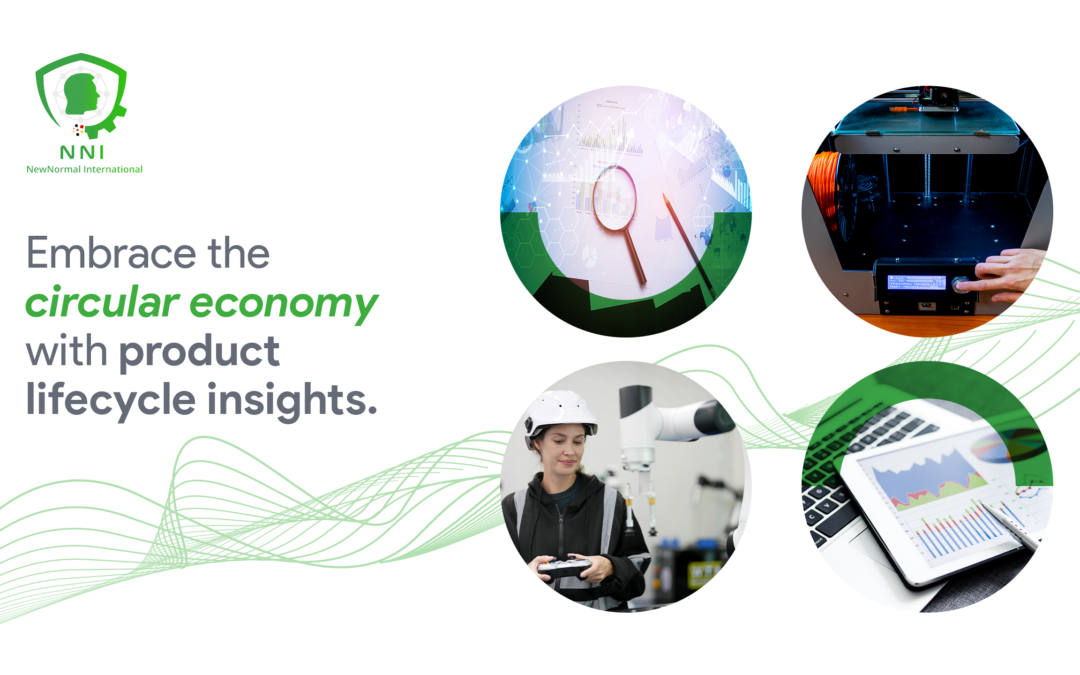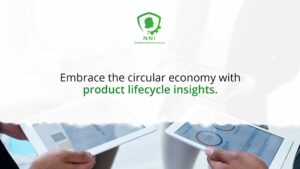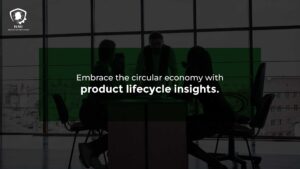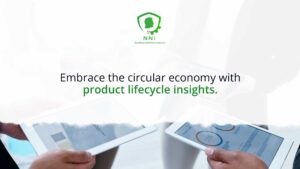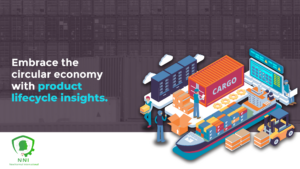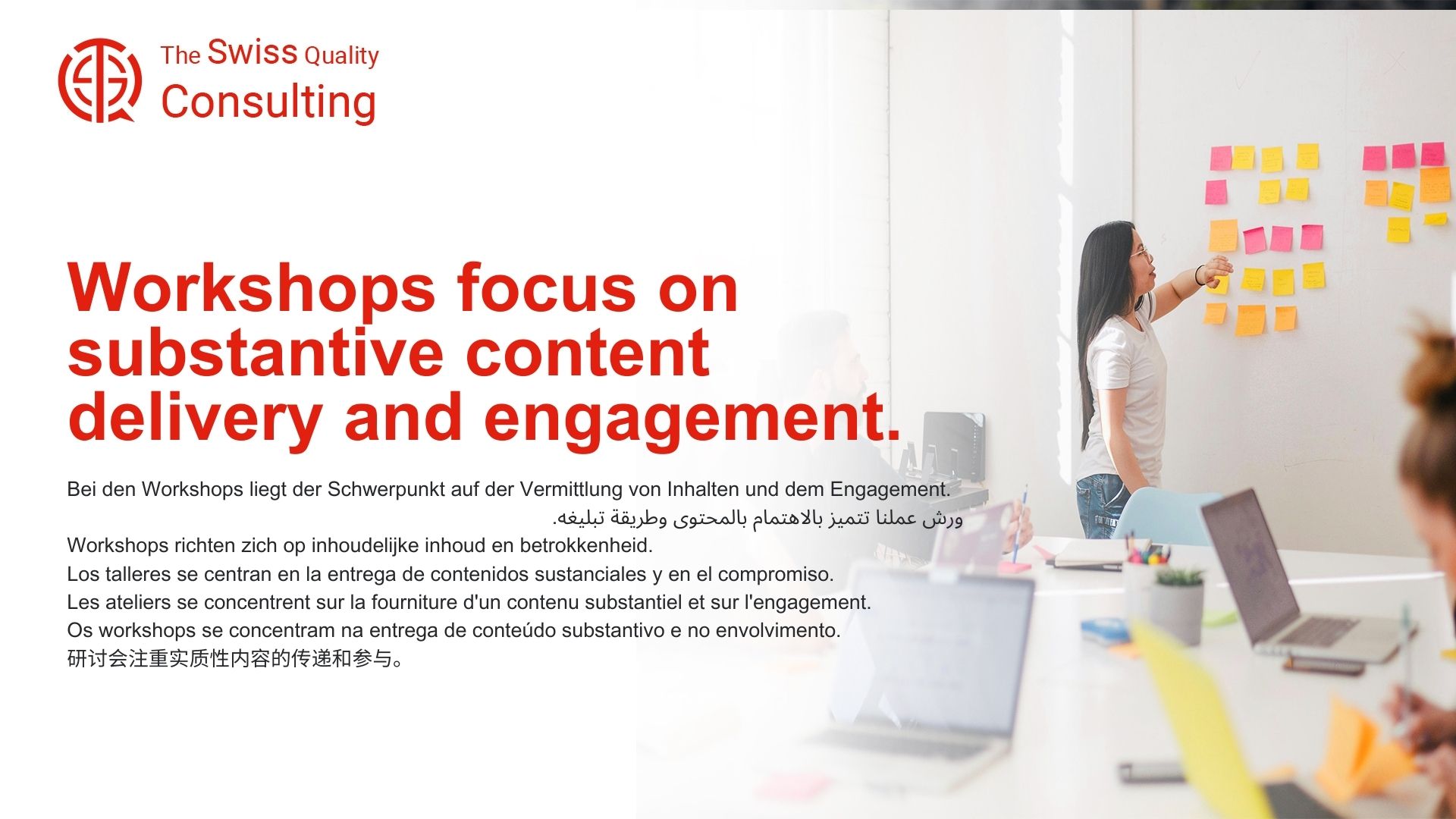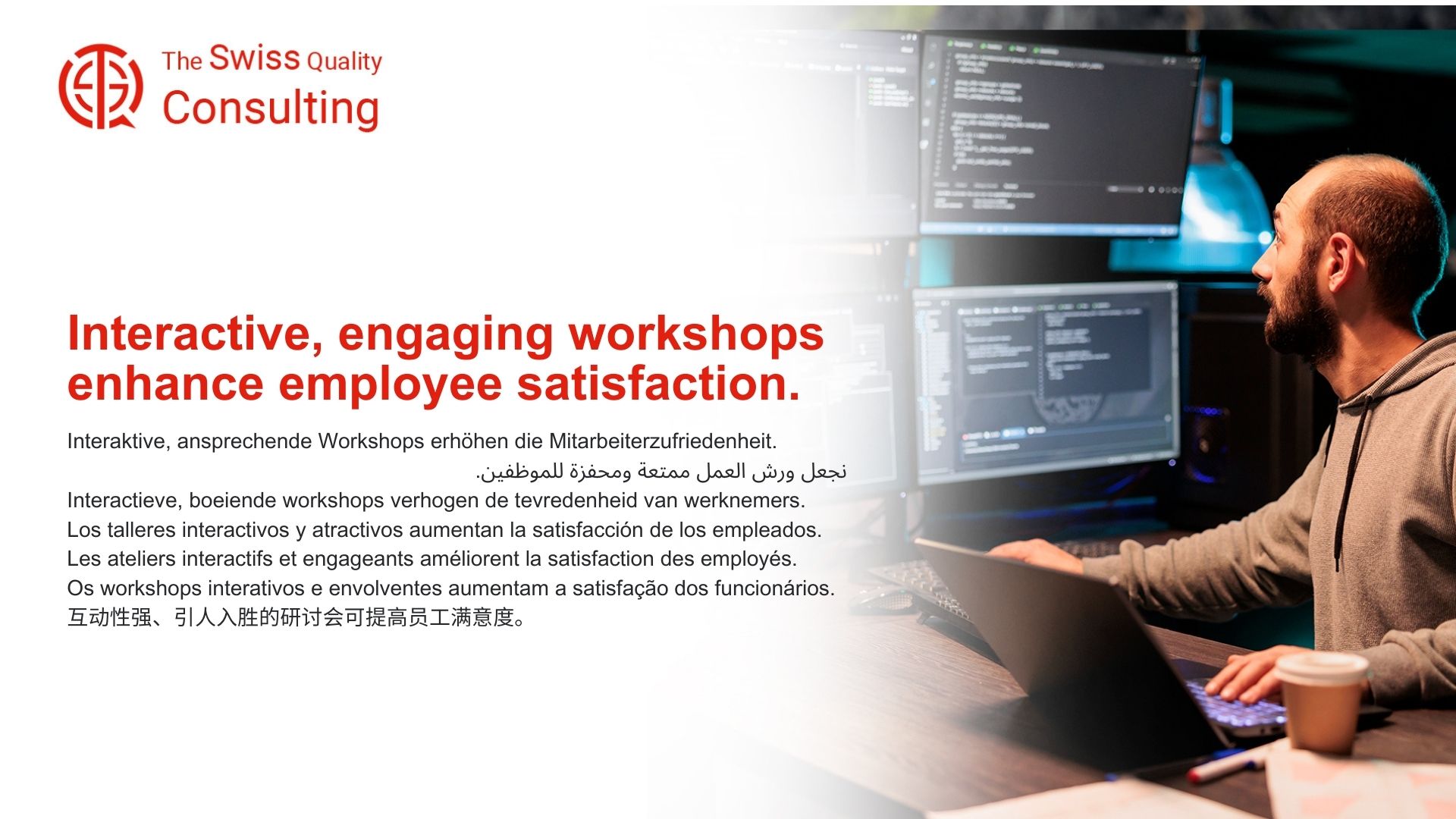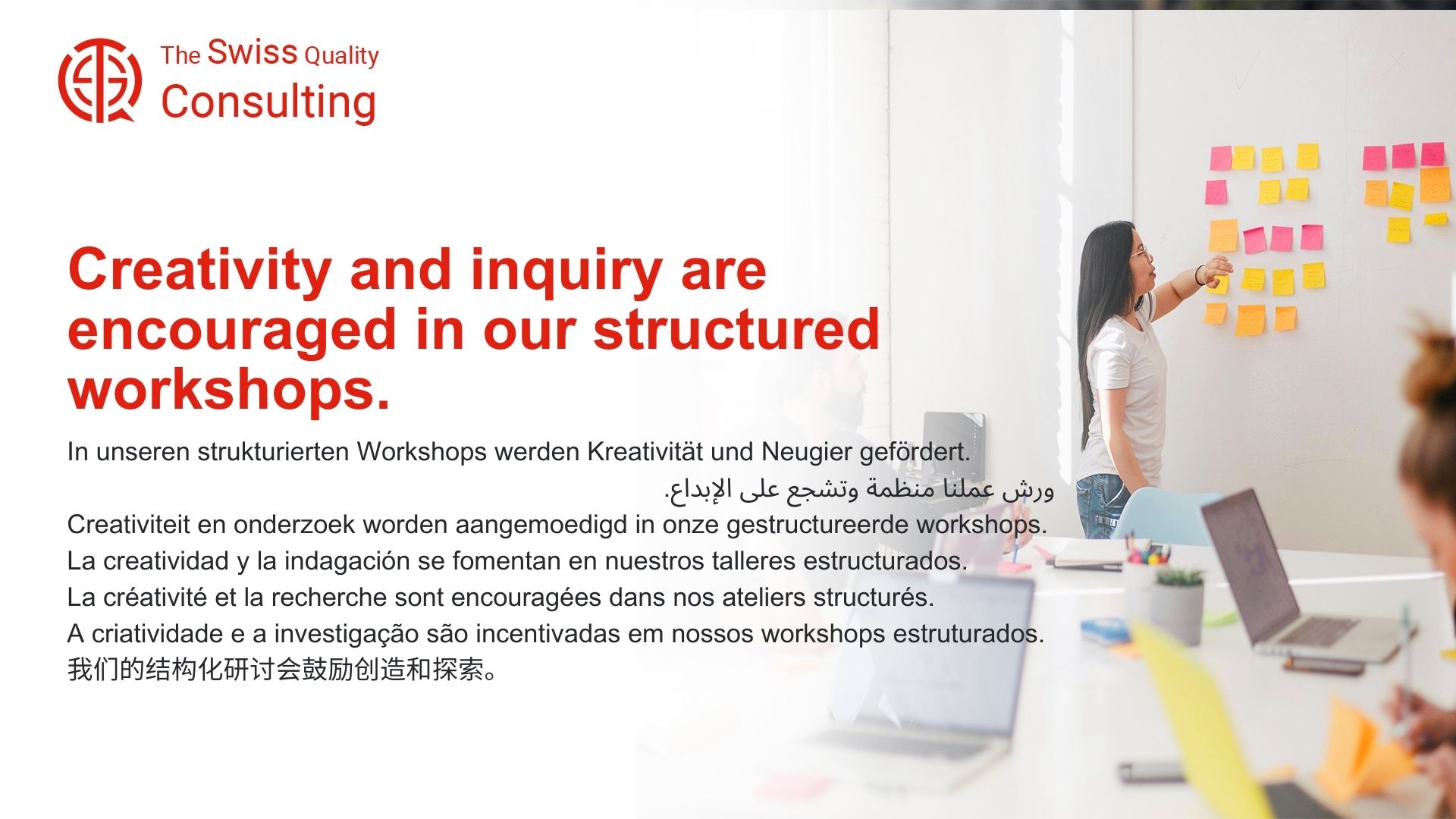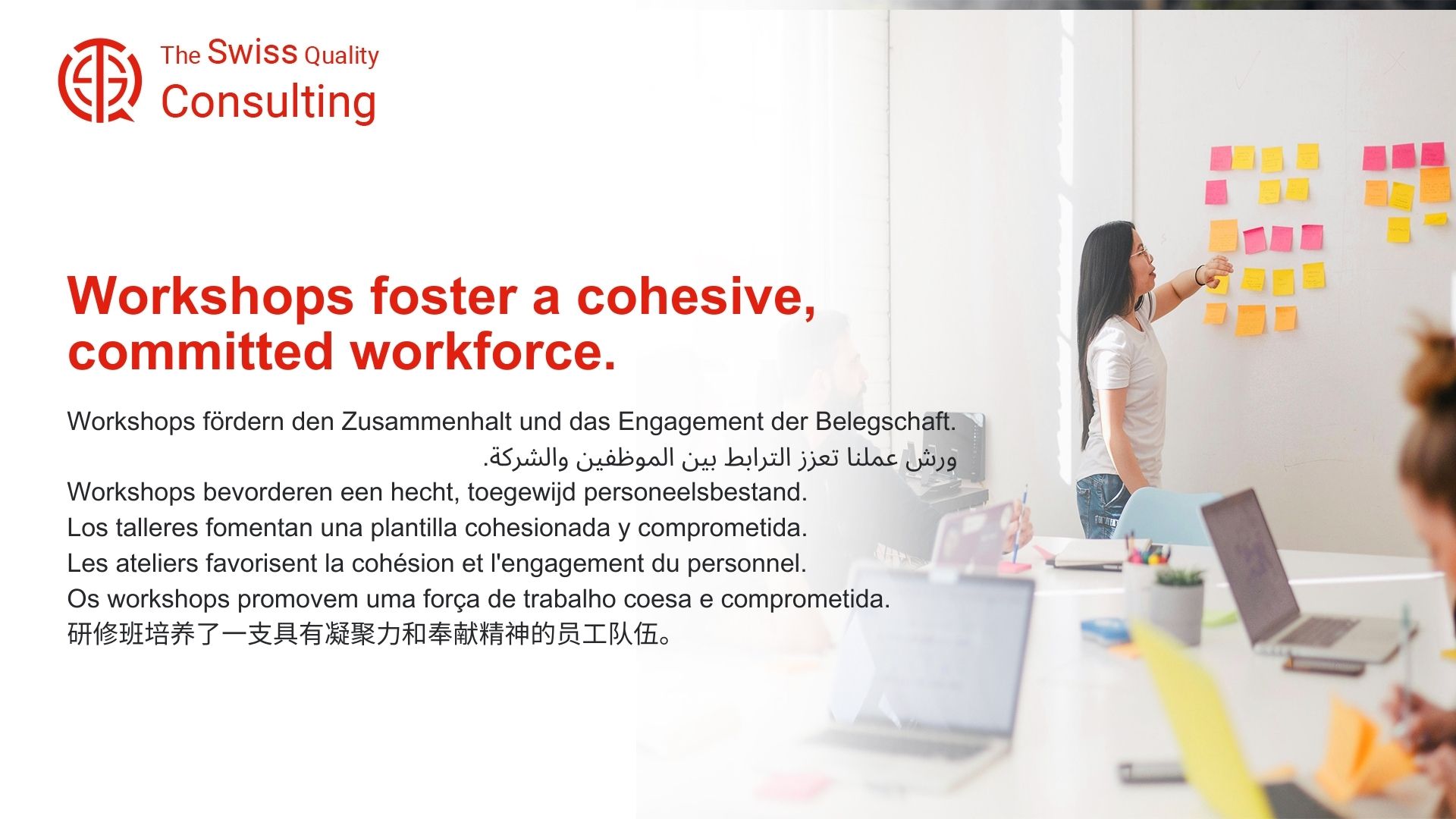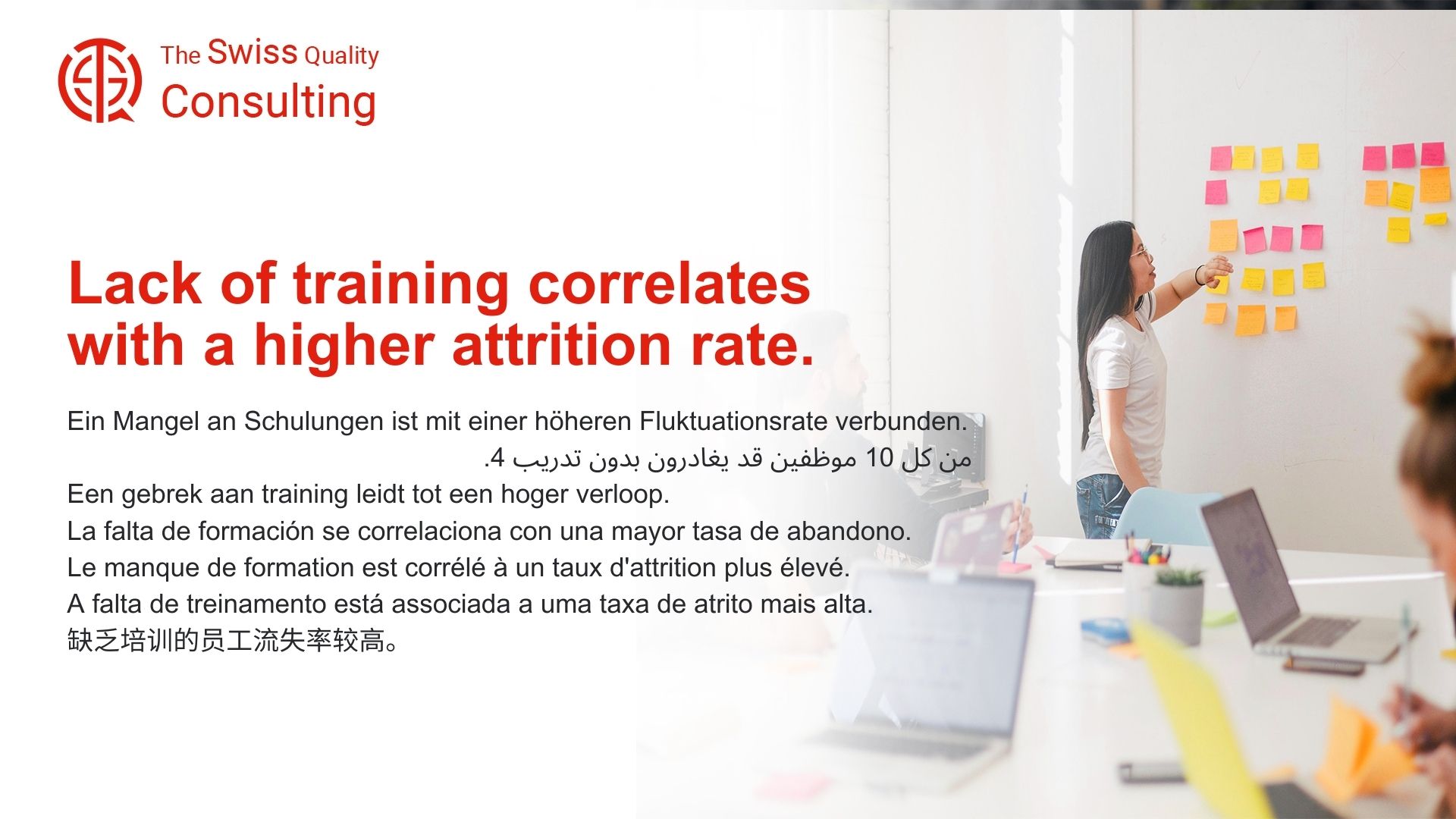Transforming Business Models for Sustainability and Growth
In today’s environmentally conscious business world, the need to embrace the circular economy has become increasingly critical. The circular economy model, which focuses on the sustainable use of resources and minimizing waste, is redefining how businesses approach product development, usage, and disposal. This article explores how integrating product lifecycle insights into business models can significantly contribute to this sustainable transition.
Understanding the Circular Economy and Product Lifecycle
The circular economy transcends mere disposal ditties; it’s the maestro’s baton conducting a captivating symphony of resourcefulness where waste transforms into opportunity, and products dance a graceful waltz between production and repurpose. Imagine not just a “take-make-dispose” dirge, but a regenerative concerto where every note resonates with extended lifecycles, minimized waste, and maximized efficiency. This transformative approach empowers you to:
1. Extend the Product’s Encore with a Redesign Rhapsody: Forget products fading into the oblivion of landfills. The circular economy becomes your virtuoso designer, reimagining products for longevity, modularity, and ease of repair. This extends their encore performance, reduces resource consumption, and crafts a melody of reduced environmental impact.
2. Compose a Resourceful Rumba with Optimized Use: Think beyond the wasteful drumbeat of linear consumption. The circular economy becomes your resource choreographer, guiding you to optimize material selection, minimize production waste, and extract maximum value from every ounce of material. This rumba of resourcefulness reduces your environmental footprint and fuels sustainable growth.
3. Turn Discarded Notes into a Repurpose Recap: Obsolete products become discordant screeches in the symphony of sustainability. The circular economy becomes your repurposing alchemist, transforming end-of-life products into valuable new materials or innovative new creations. This recap gives discarded notes a second chance, breathes new life into resources, and closes the loop on the circular melody.
4. Embrace Recycling as a Harmonious Harmony: Waste becomes a jarring off-key note in the environmental concerto. The circular economy becomes your recycling conductor, orchestrating efficient collection, sorting, and processing of post-consumer materials. This harmonious recycling transforms waste into valuable resources, fueling a closed-loop system and reducing reliance on virgin materials.
5. Cultivate a Culture of Collaboration for a Melodious Movement: Sustainability shouldn’t be a solo act. The circular economy becomes your collaborative chorus, connecting you with designers, manufacturers, consumers, and waste management providers in a unified movement. This collective harmony unlocks new innovations, strengthens supply chains, and amplifies the impact of your circular efforts.
6. Secure a Competitive Advantage in the Marketplace of Resourcefulness: While others cling to the wasteful tune of the linear economy, your brand dances with the rhythm of circularity. This grants you a significant competitive edge, attracting investors who value environmental responsibility, outmaneuvering rivals with your resource-efficient practices, and establishing yourself as a conductor of positive change in the marketplace.
7. Build a Future-Ready Orchestra and Maestro Continuous Evolution: Investing in circular economy solutions and fostering a culture of resourcefulness future-proofs your organization. You become adept at adapting to changing regulations, embracing new technologies, and ensuring long-term viability through the captivating power of continuous circular innovation.
Beyond Disposal Ditties: A Foundation for Sustainable Concertos and Enduring Success:
By embracing the circular economy and adopting a transformative approach, organizations unlock the true potential for achieving sustainable concertos, a future-ready orchestra, and enduring success. This empowers them to extend the product’s encore, compose a resourceful rumba, turn discarded notes into a repurpose recap, embrace recycling as a harmonious harmony, cultivate a culture of collaboration, secure a competitive advantage, and build a future-ready orchestra, ultimately building a future where every discarded item whispers a captivating note in the global symphony of circular success.
Embrace the power of the circular economy and embark on a transformative journey towards a future where your products dance with the rhythm of resourcefulness, your operations flow with the grace of closed loops, and your success is a testament to the unparalleled power of composing a sustainable concerto. By investing in circular solutions, fostering a culture of environmental responsibility within your organization, and empowering your teams to leverage circular principles effectively, you can unlock the full potential of your resource efficiency and build a future where every product sings a captivating melody in the orchestra of enduring success.
Change Management for Circular Economy Adoption
Transitioning to a circular economy model involves a comprehensive change in business operations and mindset. Effective change management strategies are essential for this transition. This includes assessing the current impact of products and services on the environment, setting sustainability goals, and redesigning business processes to align with circular principles. Change management ensures a smooth and effective transition with the engagement of all stakeholders.
Executive Coaching for Leadership in Sustainable Practices
Leadership plays a crucial role in adopting circular economy practices. Executive coaching can provide business leaders with the skills and knowledge required to drive this transformation. Coaching focuses on developing an understanding of sustainable practices, strategic planning for circular economy integration, and leading teams towards achieving sustainability goals.
Effective Communication in Circular Economy Strategies
Effective communication is key to the successful implementation of circular economy principles. It involves clearly articulating the vision and objectives of adopting sustainable practices, the benefits of circular economy models, and the role of each team member in this transformation. Clear communication helps build a culture of sustainability within the organization and ensures that all stakeholders are aligned with the new business approach.
Leveraging Product Lifecycle Insights for the Circular Economy
Integrating product lifecycle insights is vital for a successful transition to a circular economy. These insights help businesses understand the environmental impact of their products throughout their lifecycle. By analyzing these insights, companies can innovate in product design, materials selection, manufacturing processes, and end-of-life management, leading to reduced environmental footprints and enhanced sustainability.
Conclusion Circular Economy
In conclusion, embracing the circular economy with product lifecycle insights is a strategic imperative for businesses seeking sustainability and long-term success. This approach not only contributes to environmental conservation but also offers opportunities for innovation, cost savings, and enhanced brand reputation. By adopting circular economy principles, businesses can pave the way for more sustainable and resilient operations.
#CircularEconomy, #Sustainability, #ProductLifecycle, #BusinessTransformation, #EcoFriendlyInnovation


